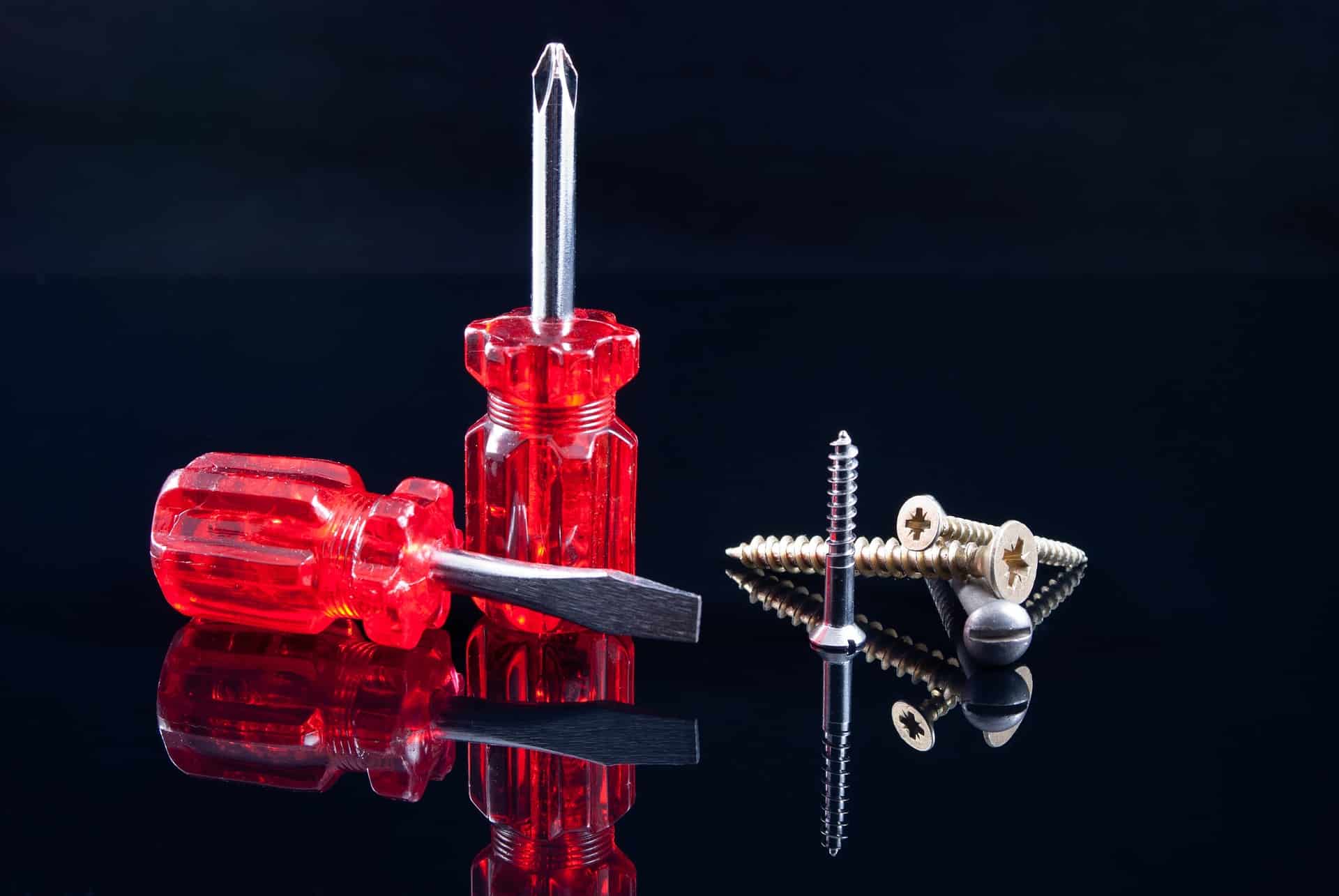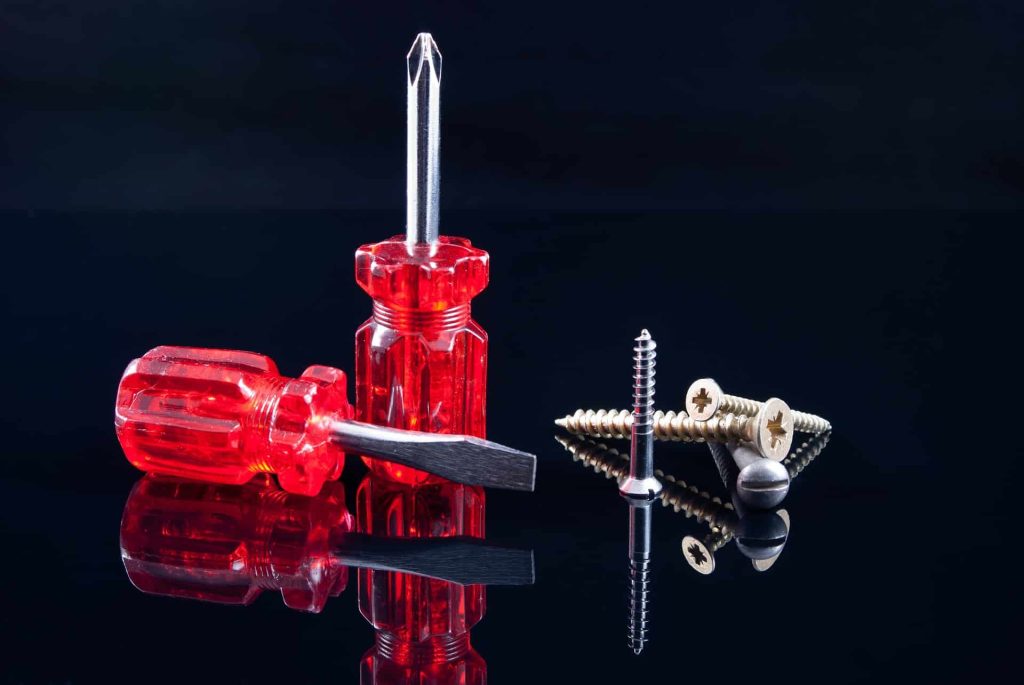
How Do I Budget for Home Repairs?
Nothing can derail your finances like a home repair you didn’t expect. For example, replacing an appliance, shelling out for a new roof, or a plumbing emergency can all be costly.
Generally, the smartest approach is to budget for these expenses in advance. That lets you save up funds to manage these costs, making them easier to handle.
But how exactly do you budget for home repairs, particularly if you aren’t sure what will need fixing when? To help you answer that question, here are some guidelines.
Estimate Your Home Repairs Budget Based on Your Property Value
Most experts recommend using your home’s value as a basis for estimating what you’ll need to budget. Typically, they advise saving 1 percent of your property’s value in a home repair savings account.
For example, if your home is worth $300,000, then you need to budget for $3,000 in repairs at the minimum. If you divide that by 12, you’ll need to save $250 each month to stay on target.
Now, if a new roof costs $12,000, that $3,000 isn’t going to be enough. That’s why whatever money you don’t spend on repairs needs to stay in the account.
Large expenses, like the roof above, don’t come up often, usually only once a decade or two. This means that the excess in your savings can help manage that expense once it does arrive.
Use Upcoming Projects to Create a Home Repair Budget
An alternative, and more accurate, approach is to use upcoming projects to help guide your budget. For example, if you know you’ll need to replace your siding in 3 years, estimate that repair cost and divide it by 36 months.
Often, this requires knowing what each repair or replacement (in the case of appliances) will cost in advance. That means you’ll need to do some research. Home repair costs vary dramatically by location, but you can get some reliable numbers through resources like Home Advisor.
Repeat that process for every major repair and replacement you expect to need to manage, and add the monthly costs together.
Some common repairs or replacements include, but are not limited to:
- Roof
- Siding
- Fence
- Furnace
- HVAC
- Refrigerator
- Oven
- Garage Door
Then, factor in routine tasks, like replacing filters on your HVAC, landscaping, and similar activities to finalize your monthly budget. If you want a handy checklist for common maintenance tasks, Freddie Mac has a comprehensive one.
Always Assume More, Never Less
Depending on how long you’ve been in your home, you may have trouble determining how much life certain things have left in them. For example, you might not know the date of the last roof replacement or dishwasher installation.
In those cases, it’s better to assume you need more in savings, not less. Otherwise, you may be caught by a home repair emergency you aren’t ready to cover. And, in your best-case scenario, you simply have extra in savings, which is never a bad thing.
Do you have a trick for budgeting for home repairs? Tell us in the comments below!
Looking for more great articles from Stapler Confessions? Here are a few to get you started:



